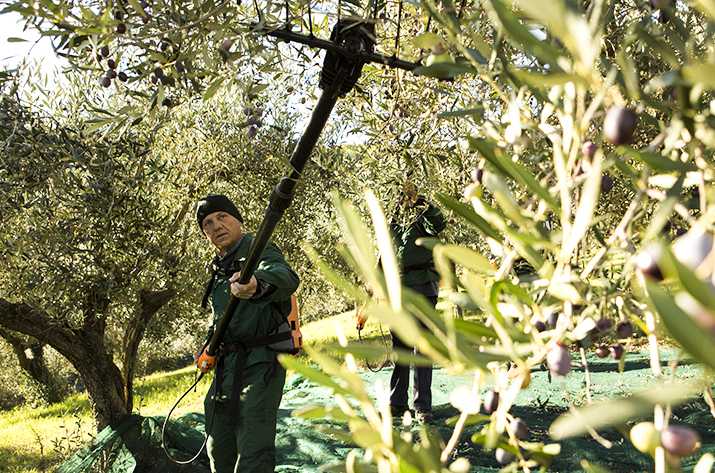Oil sensory analysis
The four basic tastes are bitterness, sweetness, saltiness and sourness; the combination of these basic tastes gives us the infinite flavours which enable to distinguish one oil from another one.
Sensory analysis of oil is a more valuable guide to its quality than chemical or physical analysis. It may happen that oils with excellent chemical parameters have organoleptic defects (taste, aroma, fragrance) that can declass a product. Sensory analysis (tasting) of oil is still the best way to identify the organoleptic characteristics of virgin olive oils. Sensory analysis involves a sequence of three assessments:
- Visual: the product is examined in terms of its color and tones under the light and chromatic effect.
- Olfactory: this examines the fragrances emanated by an oil, whether primary (perceived immediately) or secondary (usually perceived as an aftertaste).
- Gustatory: this evaluates the positive attributes of extra virgin olive oil in terms of fruity, bitter and spicy, and all the various sensations that the oil develops on the palate.





